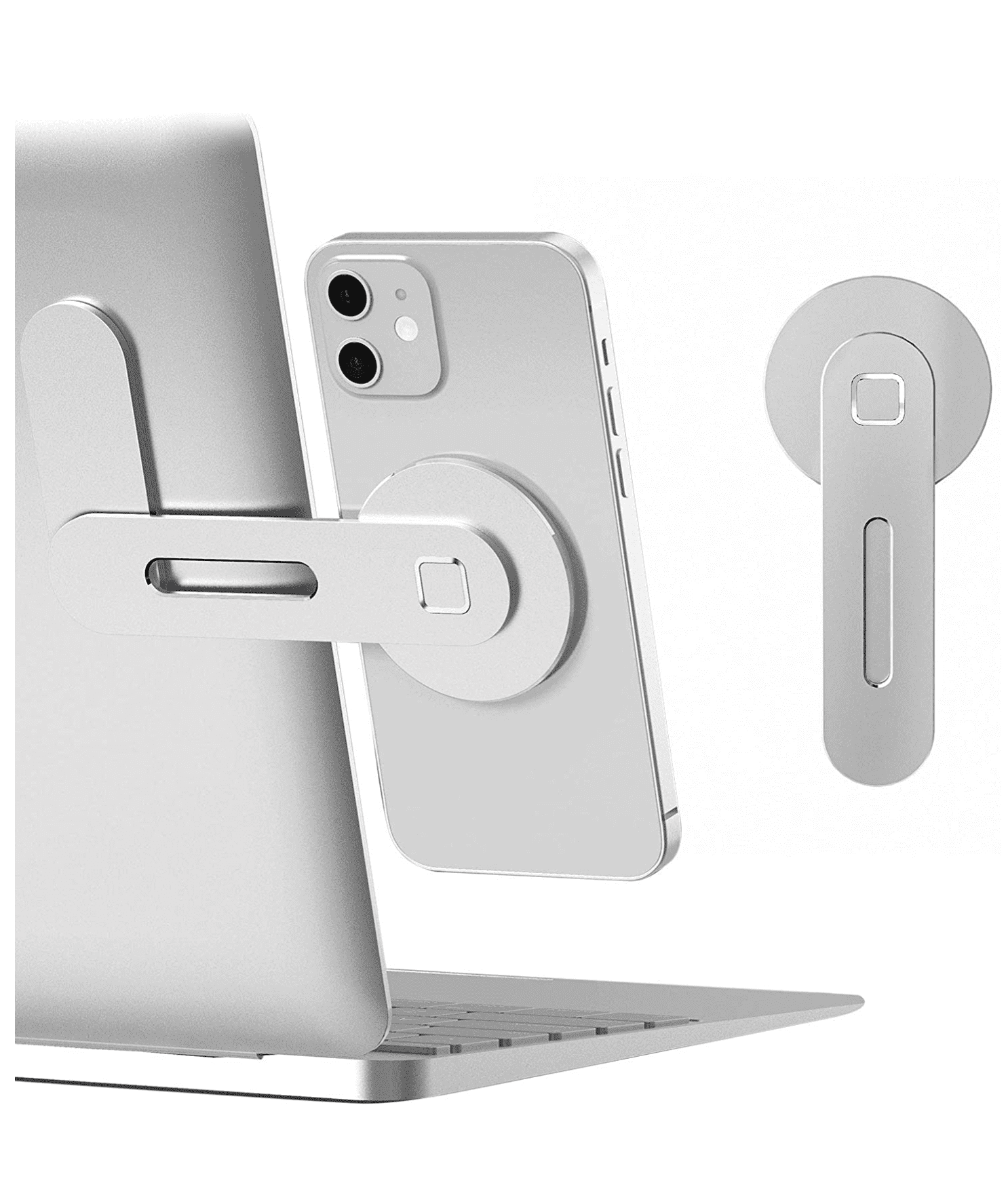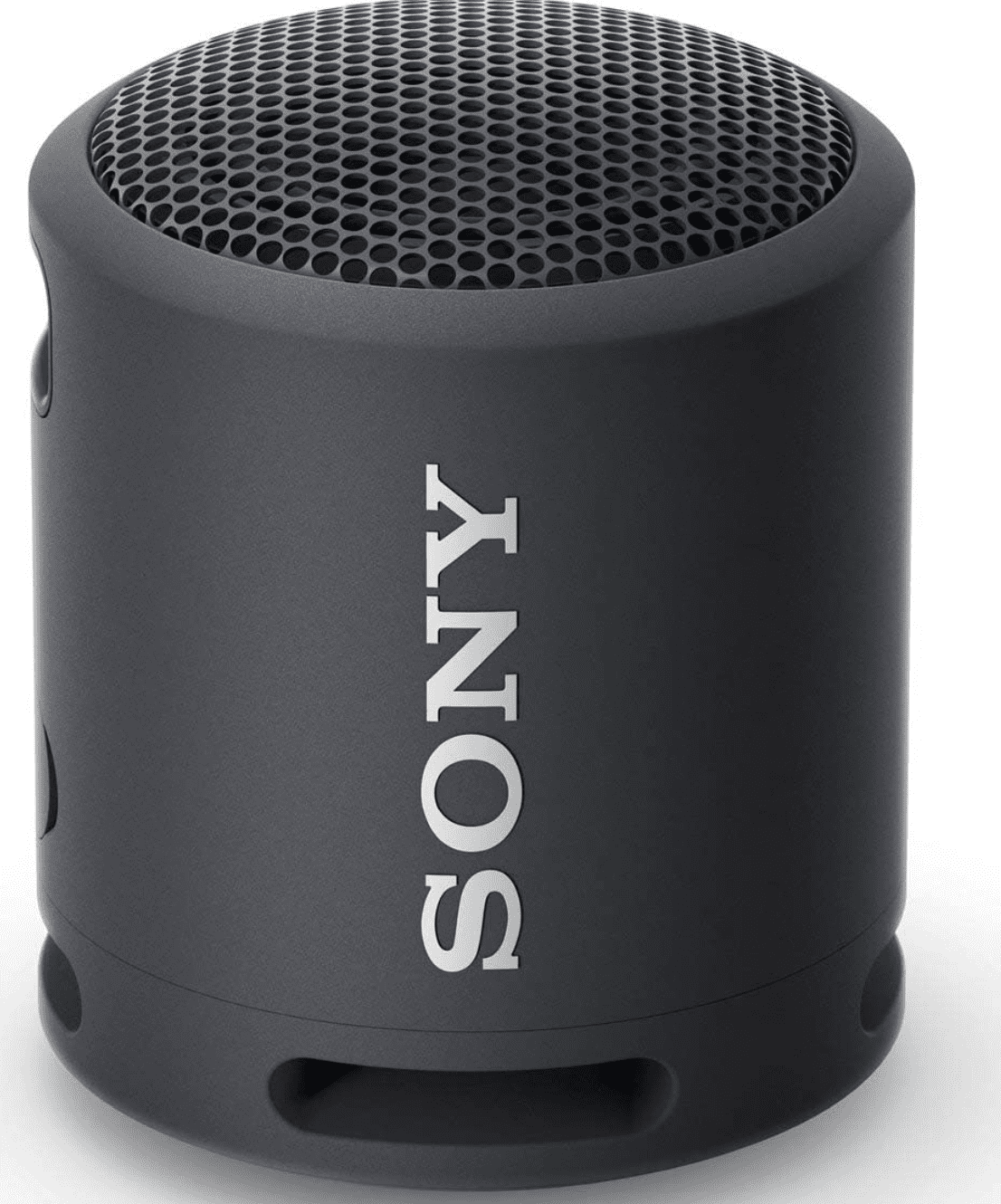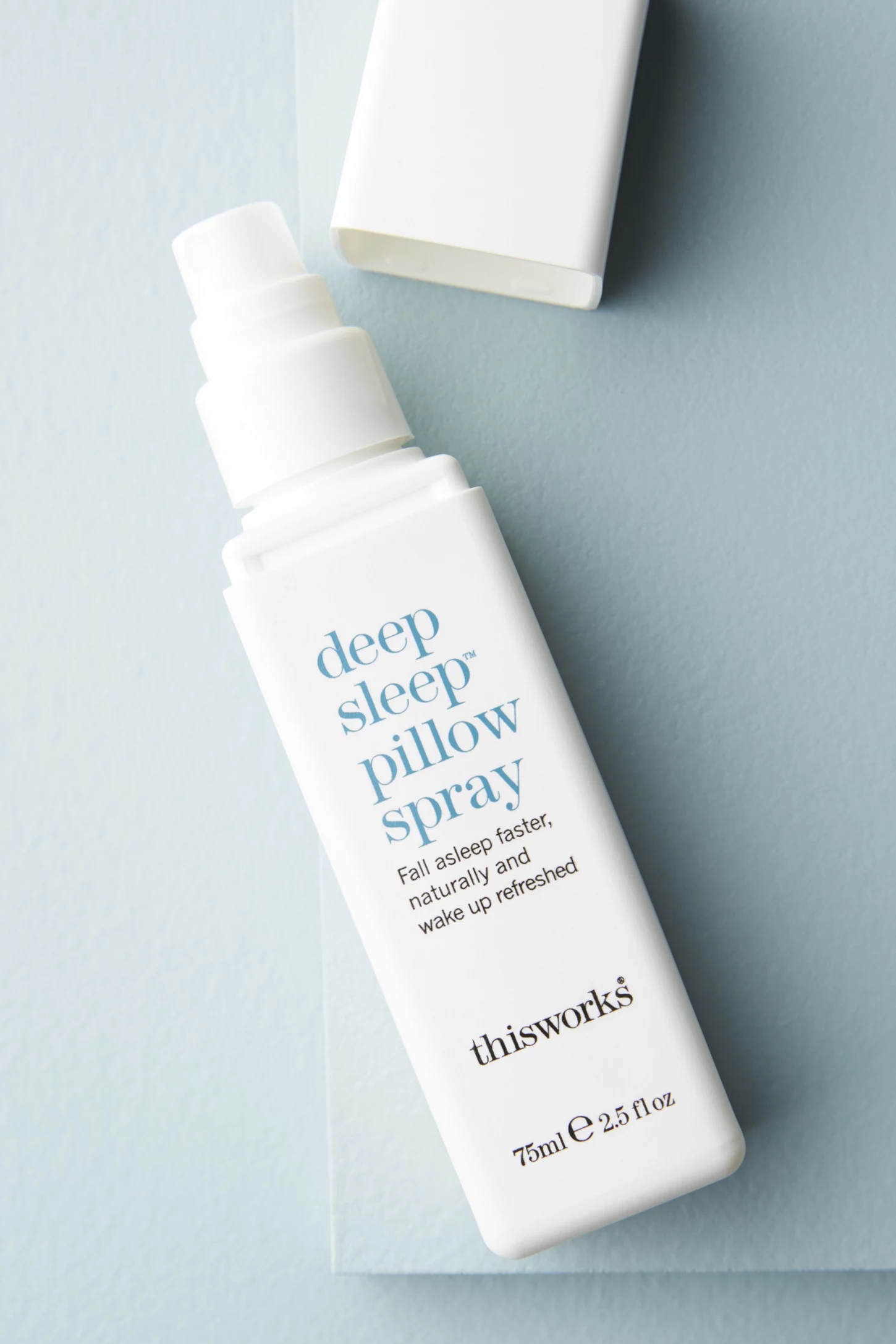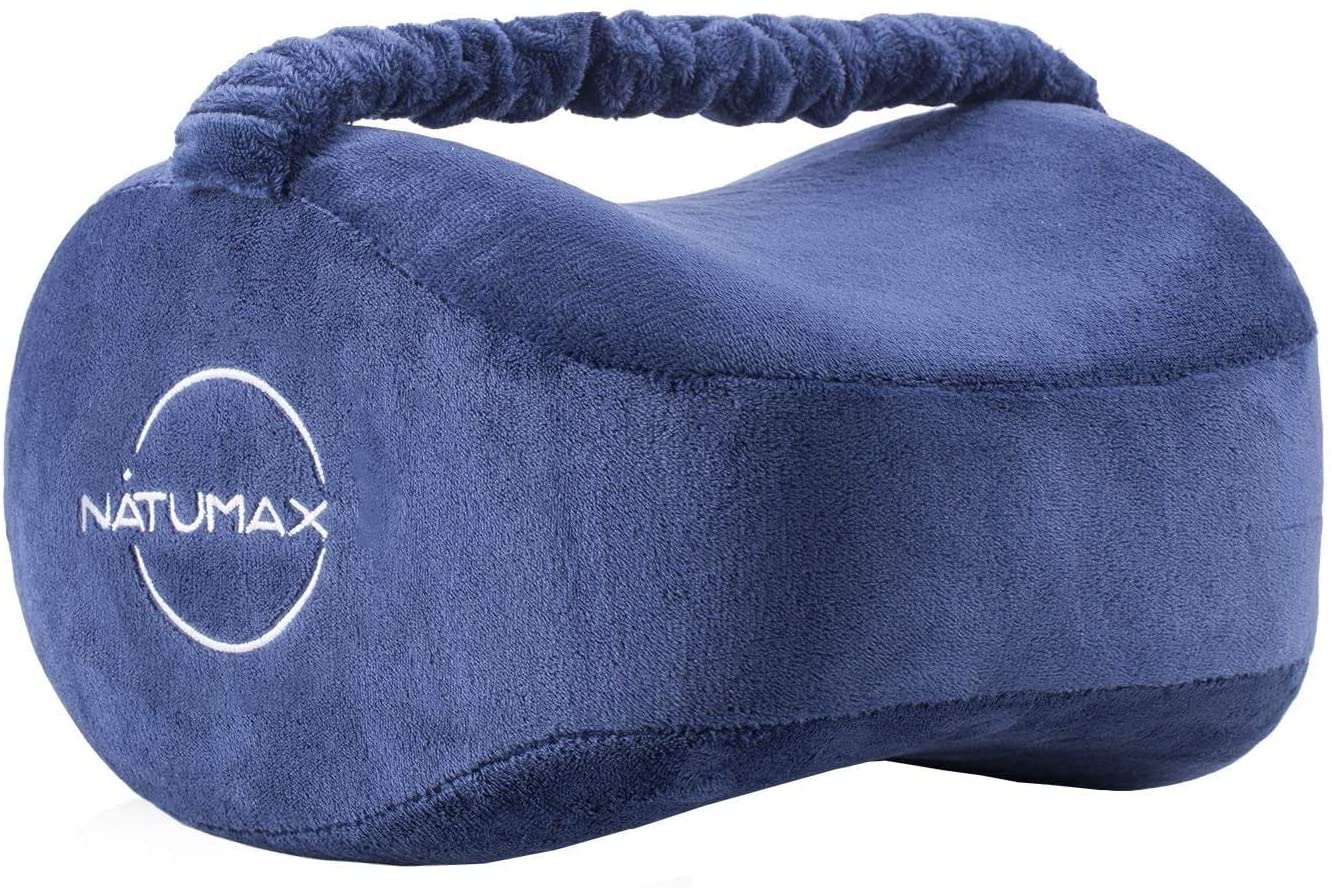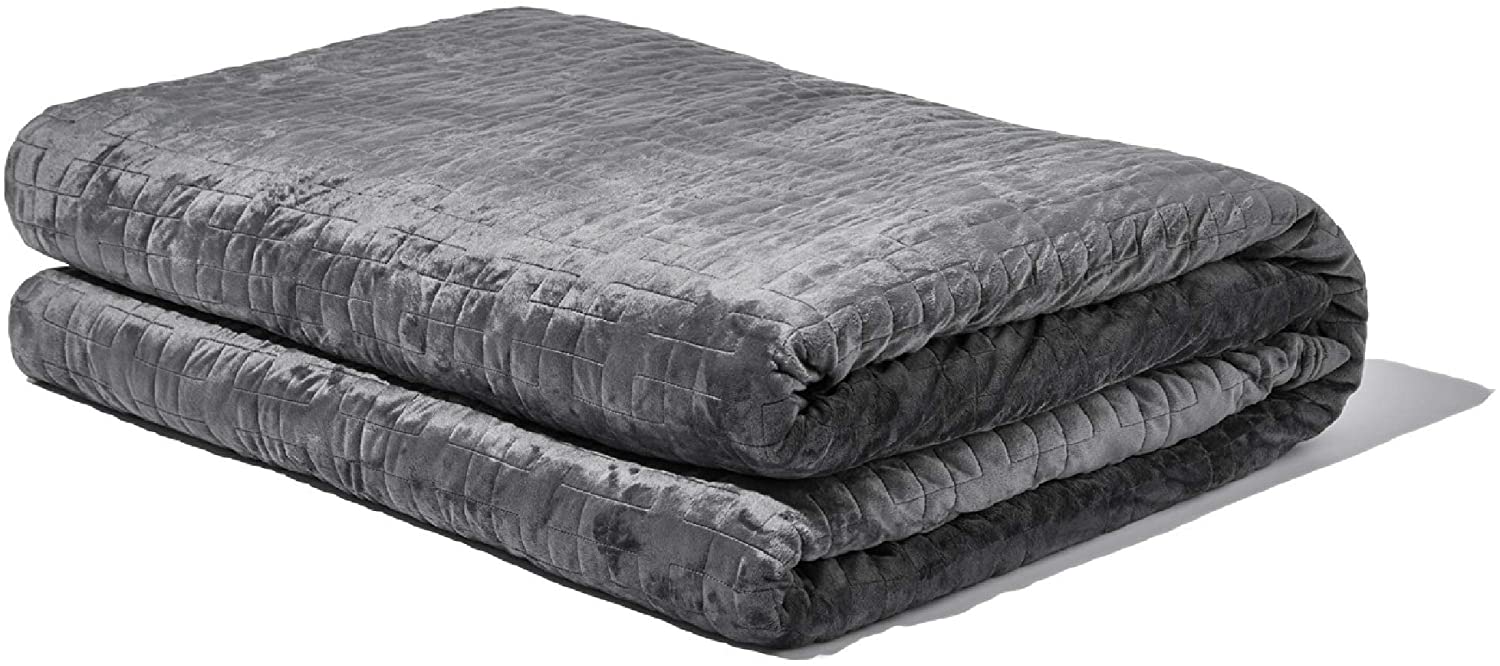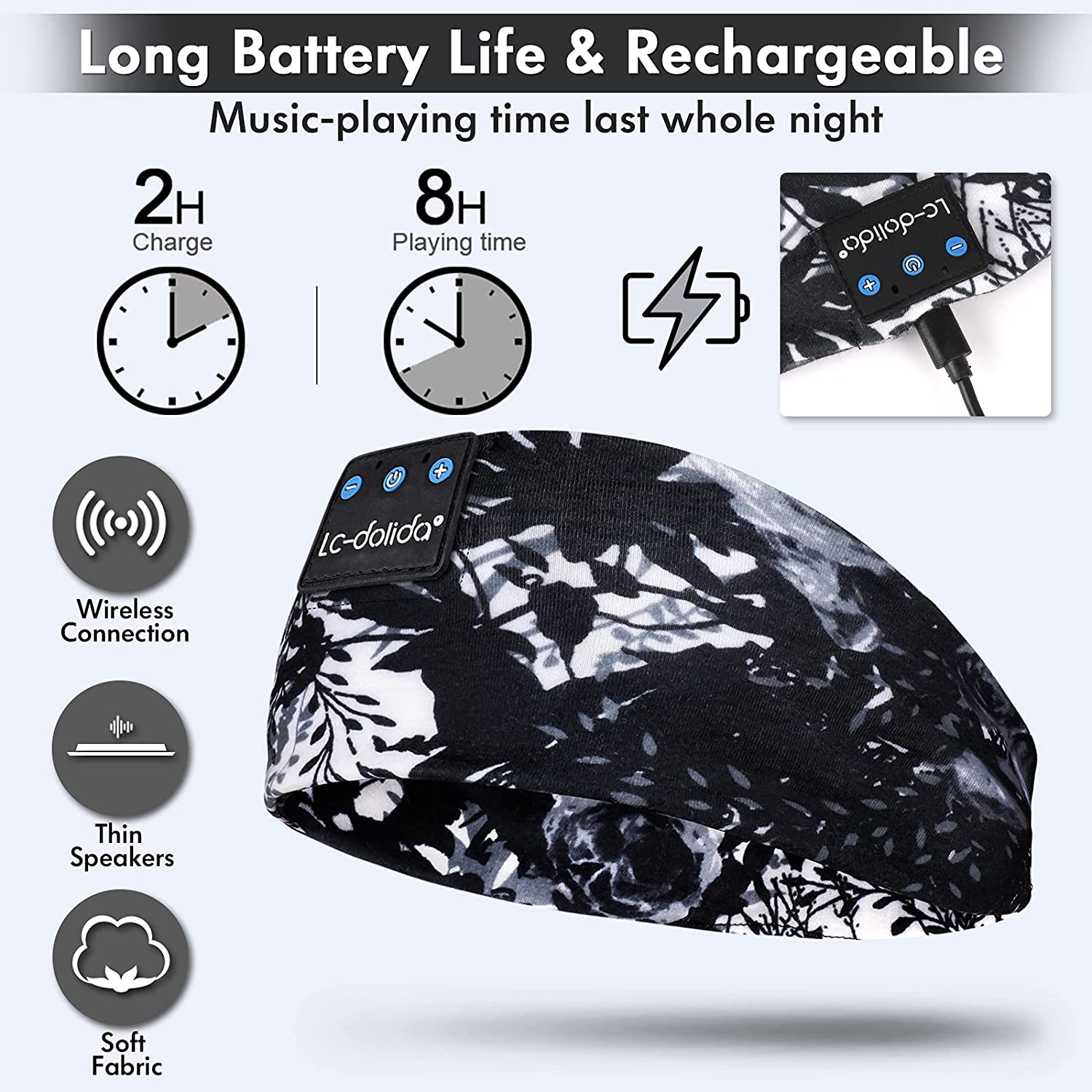10 Easy Ways to Make Your Home Allergy Proof
With daylight hours shrinking, most of us (especially those living in the northeast and midwest) will be spending a lot more time in our homes – are therefore more at risk for being exposed to poor indoor air quality. While it may not be at the top of your list of priorities, it is widely recognized that a significant proportion of people experience poor indoor air quality and the health risks that come along with it.
Some causes of poor indoor air quality may be out of your control, particularly if you live in an apartment building, but there are ways you can reduce your health risks.
Before you can begin addressing the air quality in your home, you should assess it using one of our favorite products. This air quality monitor monitors the temperature, humidity, volatile organic compounds, and carbon monoxide.
Sponsored content disclaimer: The Healthyher’s product recommendations are curated by us especially for you. If you purchase something through our links, we may earn an affiliate commission, at no cost to you. We only recommend products we absolutely love – and we hope you do too.
There are several ways to improve the air quality in your home:
- Regular cleaning: One simple thing people don’t often think of is cleaning. Dusting and vacuuming regularly can help remove airborne allergens such as dust mites, pet dander, and pollen. Regular cleaning of upholstered sofas and chairs, mattresses, and pillows will help If you reduce allergens and improve your air quality. This is especially important if you have a carpeted home or large area rug. Carpets and rugs trap allergens and exacerbate allergies and sinuses.
Handheld Allergen Vacuum Cleaners with UV light can kill allergens, dust mites, and bateria.
- Ventilation: Proper ventilation is important to circulate fresh air into your home. Open windows and doors whenever possible, especially when cooking or using cleaning products. Utilizing exhaust fans in kitchens and bathrooms can also help remove indoor pollutants. However, if you suffer from seasonal allergies, this may not be feasible for you.
3. Air purifiers: Using air purifiers with HEPA filters can capture and remove particles like dust, smoke, and allergens from the air. This is one of the most important things you can do. If you are in a carpeted home, it’s a must.
Our top recommendation for air purifiers is Levoit. You can literally feel the difference in the air. If you suffer from frequent sinus headaches, this air purifier is sure to become your new favorite wellness device. The Core 300 is for smaller spaces and the Core 400S is for larger spaces.
- Minimize indoor pollutants: Avoid smoking inside your home as it releases harmful chemicals and pollutants.
5. Keep plants that can purify the air, such as snake plants, acres palms, bamboo palms, dracaenas, peace lilies, and/or spider plants.
6. Reduce the use of chemical products: Many cleaning and personal care products contain volatile organic compounds (VOCs) that can be harmful when released into the air. Opt for natural alternatives or products with low VOC content.
7. Protect your mattress from allergens with a hypoallergenic mattress cover.
8. Protect your pillow cases with a hypoallergenic pillow cover.
9. Wash your clothes in allergen neutralizing laundry detergent.
10. Use anti-allergen spray on household surfaces.
Good air quality is important for several reasons:
Good air quality has a number of health benefits. Breathing clean air reduces the risk of respiratory problems, allergies, asthma, and other health issues. It also promotes better sleep and improved overall well-being. Good indoor air quality has shown to improve cognitive function and enhance concentration, learning abilities, and productivity. It also minimizes the presence of allergens like dust, pollen, and pet dander, which can trigger allergies and asthma in sensitive individuals. Proper ventilation and control of humidity levels prevent the growth of mold and mildew, which can cause respiratory issues and damage to the home.














